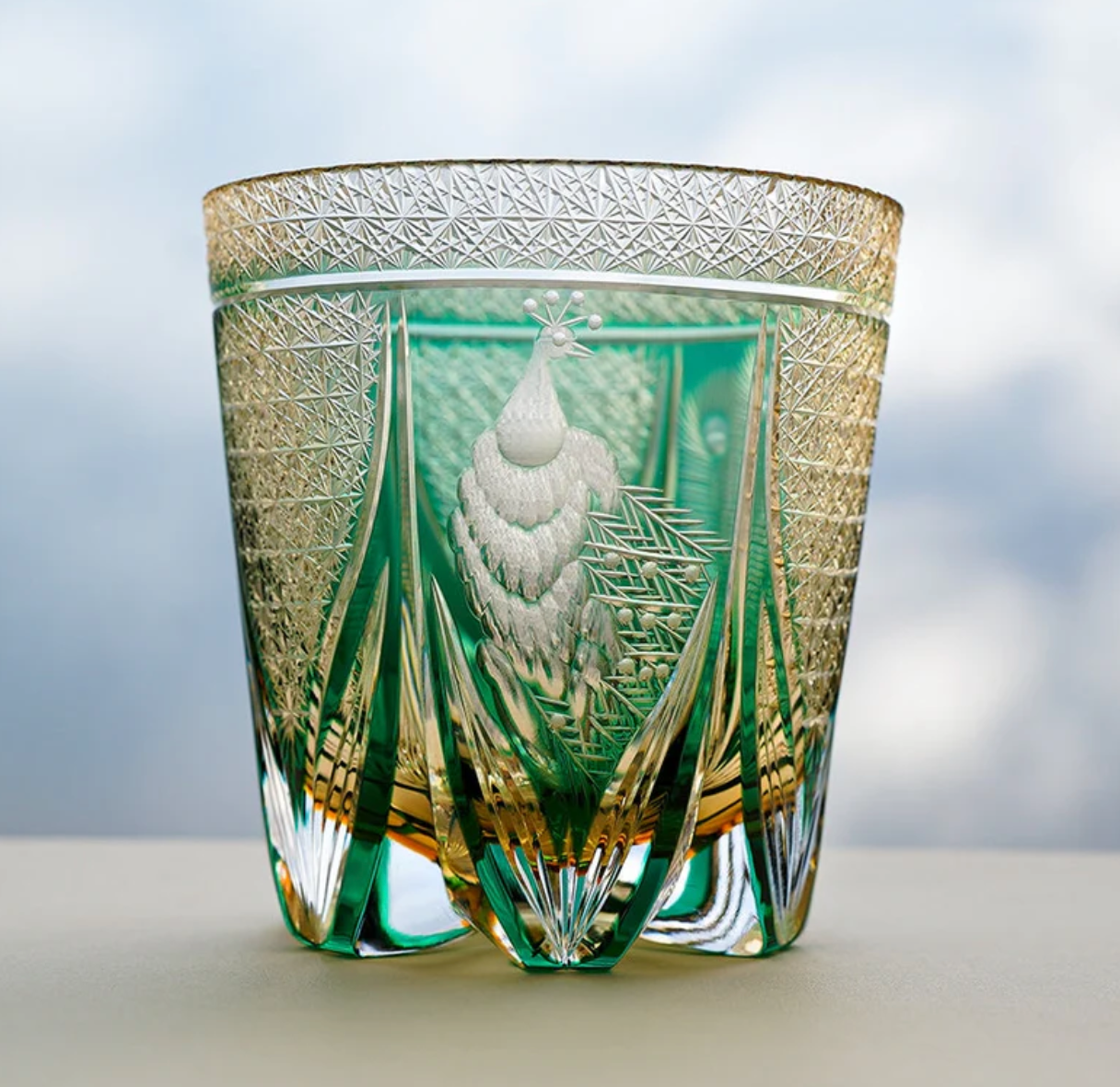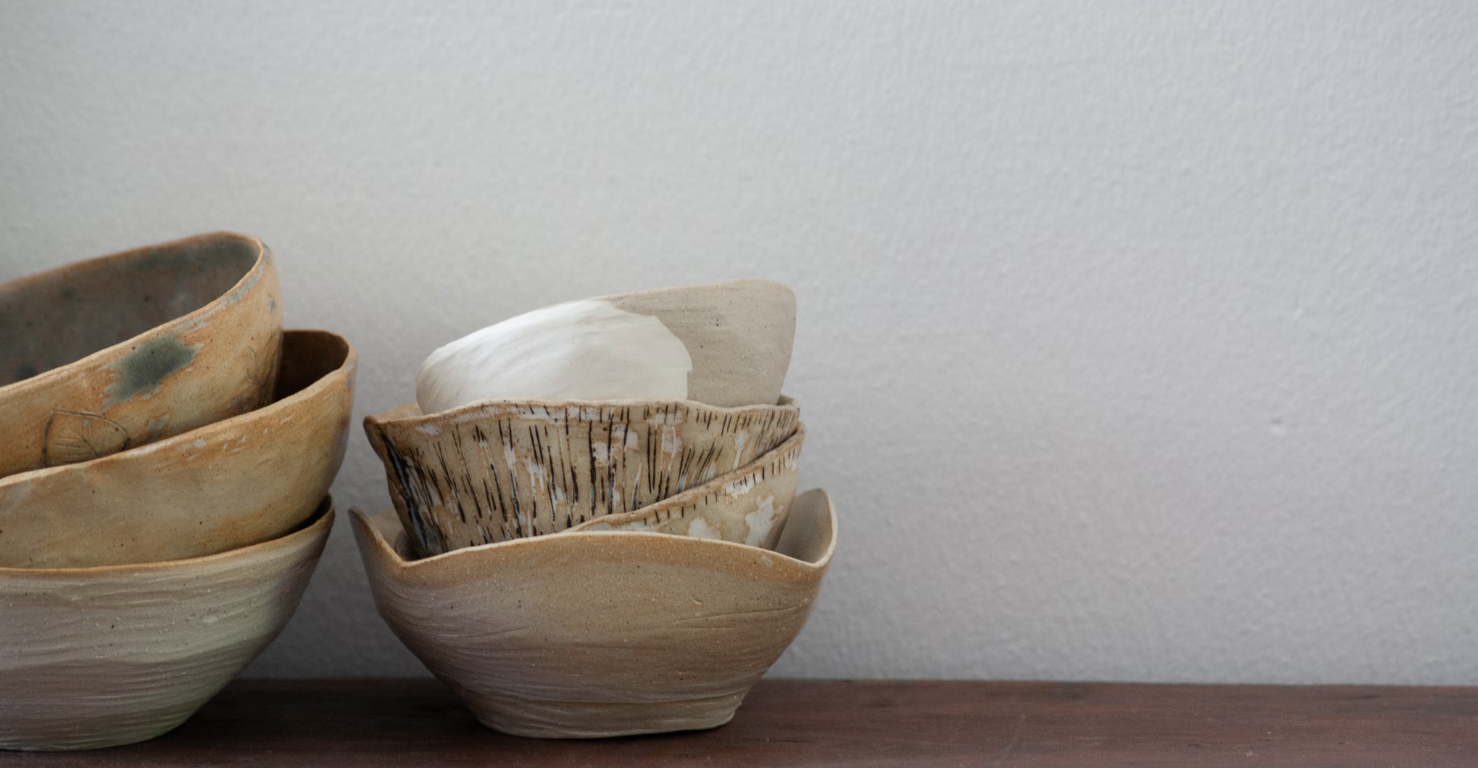
Celadon's Verdant Glow: The Mystique of Chinese & Korean Glaze Artistry
Enter a realm where artistry and alchemy intertwine, yielding a glaze of profound beauty and mystique: Celadon. This captivating ceramic finish, with its signature verdant glow reminiscent of precious jade, has for centuries enchanted emperors, scholars, and connoisseurs across East Asia and beyond. More than just a color, Celadon embodies a complex interplay of material science, masterful firing, and a deep appreciation for nature's subtle grandeur. At Oriental Artisan, we invite you to uncover the secrets behind this timeless aesthetic and bring its serene elegance into your sophisticated space.
The Mystique of Celadon: A Glaze Born of Earth and Fire
At its heart, Celadon (青磁 - qīngcí in Chinese, 청자 - cheongja in Korean) is a unique type of stoneware or porcelain characterized by its distinctive green or blue-green glaze. The magic lies in the iron content within the glaze itself: when fired in a reducing atmosphere (an oxygen-deprived kiln environment) at extremely high temperatures, this iron transforms, creating the captivating range of jade-like hues.
What sets Celadon apart is not merely its color, but its unparalleled depth and subtle variations. The glaze often appears thick and unctuous, pooling beautifully around carved or incised designs, highlighting their contours with translucent shadows. Many pieces exhibit a delicate crackle (kaiseki) pattern, a cherished imperfection that speaks of the clay's natural movement and the glaze's profound age. Achieving the perfect Celadon shade is a testament to the potter's unparalleled skill, as slight variations in kiln temperature or atmosphere can drastically alter the final color, making each piece a rare accomplishment.
A Legacy Across Dynasties: Chinese Celadon
The origins of Chinese Celadon stretch back millennia, with early forms emerging during the Shang and Zhou Dynasties. However, it was during the Song Dynasty (960-1279 AD) that Celadon reached its zenith, achieving an unparalleled level of refinement and spiritual resonance.
- Ru Ware (汝窑): One of the most famous and rarest Song Dynasty kilns, Ru ware produced exquisite Celadon pieces with a characteristic sky-blue glaze and subtle crackle, often resembling cracked ice. These were primarily made for the imperial court and are virtually priceless today.
- Longquan Ware (龙泉窑): Emerging as a dominant force, the Longquan kilns in Zhejiang Province produced Celadon wares in vast quantities, yet maintained exceptional quality. Their signature was a thick, lustrous, translucent glaze ranging from a soft grey-green to a vibrant olive-green, often with delicate carving or applied motifs. Longquan Celadon became highly sought after for export across Asia and even to Europe.
- Imperial Patronage: Celadon's resemblance to jade, a stone revered in Chinese culture for its symbolism of purity, longevity, and wealth, cemented its status among the elite. Imperial commissions ensured the highest standards of craftsmanship, transforming these vessels into objects of profound artistic and cultural significance.
From elegant vases (huaping) and serene incense burners (xianglu) to sophisticated bowls (wan) and plates (pan), Chinese Celadon embodies a timeless grace, making it a revered component of any luxury Asian ceramic collection.
Korean Brilliance: The Goryeo Celadon Masterpiece
While Chinese Celadon laid the foundation, Korean Celadon, particularly from the Goryeo Dynasty (918-1392 AD), developed its own distinct and equally celebrated identity. Goryeo potters, inspired by their Chinese counterparts, pushed the boundaries of the art form, achieving unique characteristics:
- Distinctive Blue-Green Hue: Often described as a "kingfisher" or "bi-saek" color, Goryeo Celadon possesses a subtly bluer, more ethereal shade of green than its Chinese predecessors, imbued with a captivating luminosity.
- Sanggam Inlay Technique (象嵌): A revolutionary innovation unique to Korea, sanggam inlay involved carving designs into the clay body, filling the depressions with white or black slip (liquid clay), and then covering the entire piece with the Celadon glaze. This created stunning patterns of cranes, clouds, flowers, and natural motifs that appeared subtly beneath the translucent glaze.
- Elegant Forms: Goryeo Celadon forms are celebrated for their understated elegance and sophisticated contours, often mirroring the graceful lines of nature.
Goryeo Celadon pieces, from elegant vases to delicate wine ewers and bowls, are considered among the finest achievements in ceramic art history, reflecting a unique blend of technical mastery and refined aesthetic sensibility.
The Enduring Allure Today: A Timeless Statement
The mystique of Celadon continues to captivate discerning collectors and interior design enthusiasts worldwide. Its serene presence and understated luxury make it a perfect complement to both minimalist and richly appointed spaces. Authentic Celadon ceramics are not merely decorative objects; they are conversational pieces, imbued with centuries of history and the silent narratives of ancient dynasties.
The rarity of perfectly fired historical pieces, combined with the continued mastery of contemporary artisans, ensures Celadon's status as a highly sought-after collectible ceramic. Owning a piece of Celadon is to own a fragment of a verdant dream, a tangible link to ancient cultures, and a timeless statement of refined taste.
At Oriental Artisan, we meticulously curate a collection of authentic Celadon ceramics, ranging from classic reproductions to contemporary interpretations by master craftsmen. Each piece is chosen for its exquisite glaze, refined form, and adherence to the timeless beauty of this unparalleled art form.
Discover the profound depth and serene beauty of Celadon's verdant glow. Explore our exquisite collection of Chinese and Korean Celadon at Oriental Artisan and infuse your surroundings with a touch of ancient luxury.




Leave a comment
This site is protected by hCaptcha and the hCaptcha Privacy Policy and Terms of Service apply.